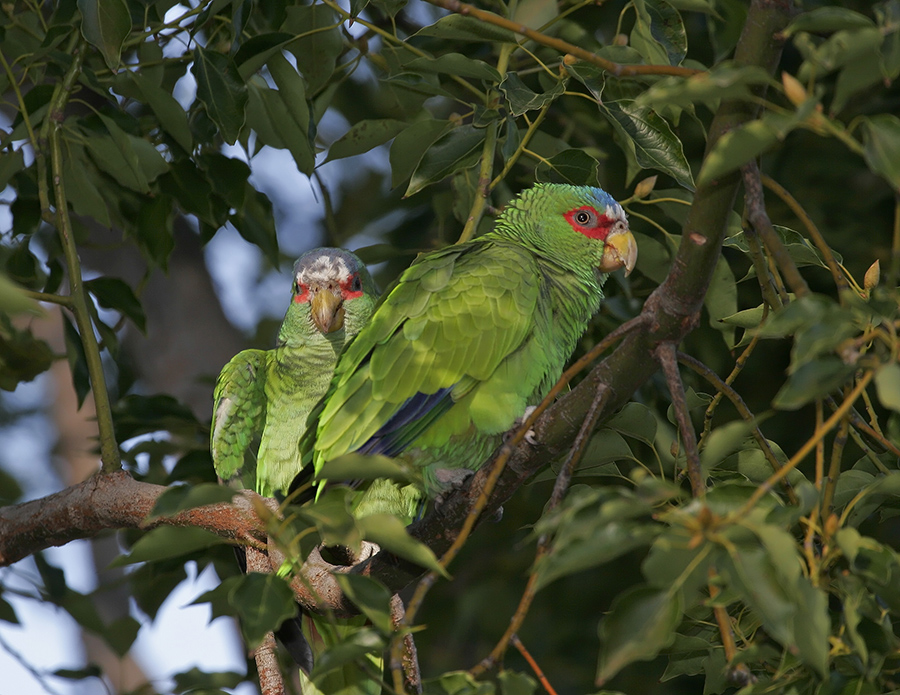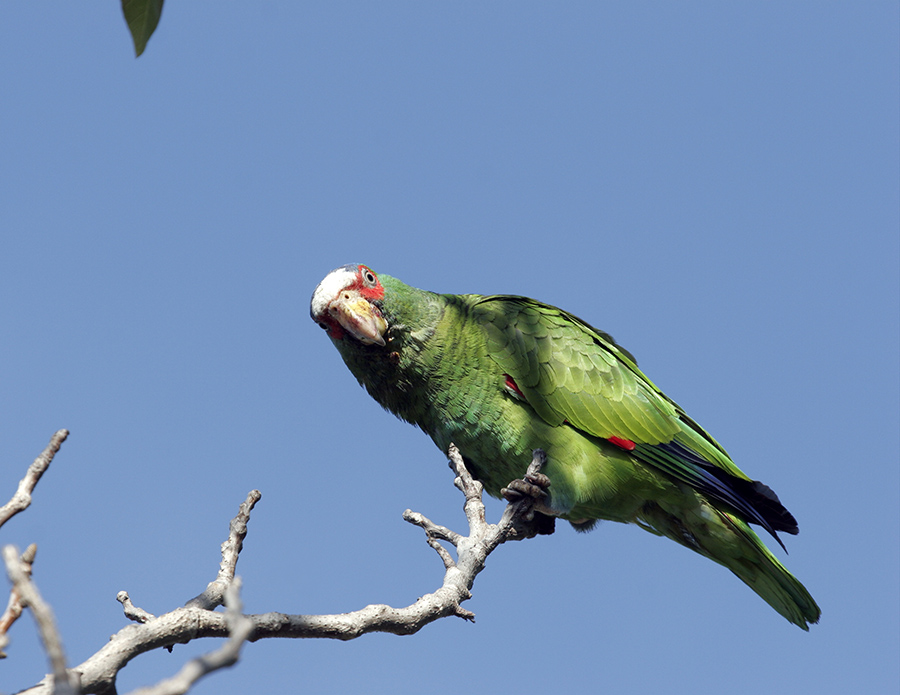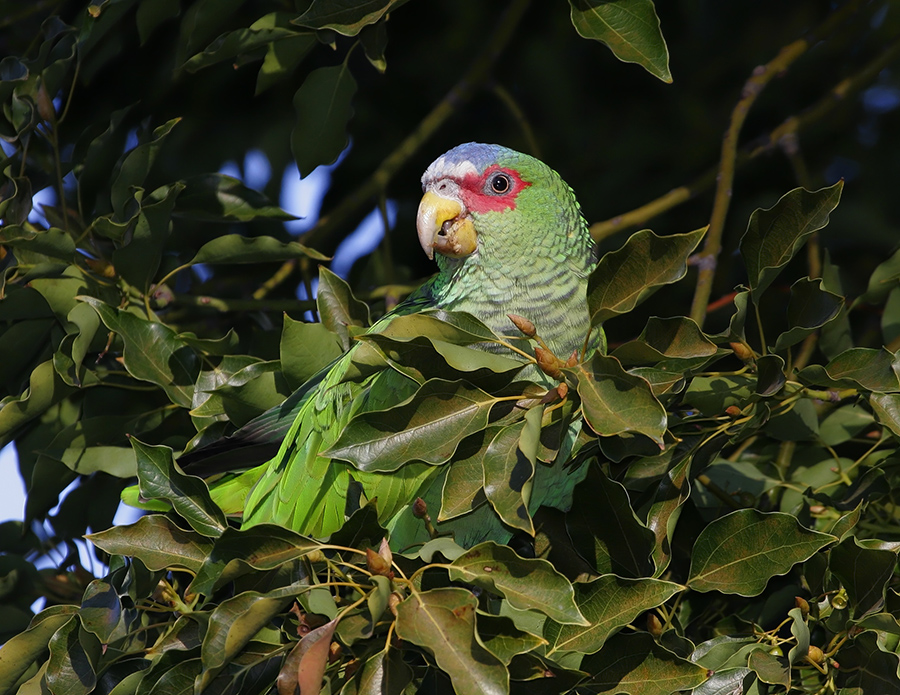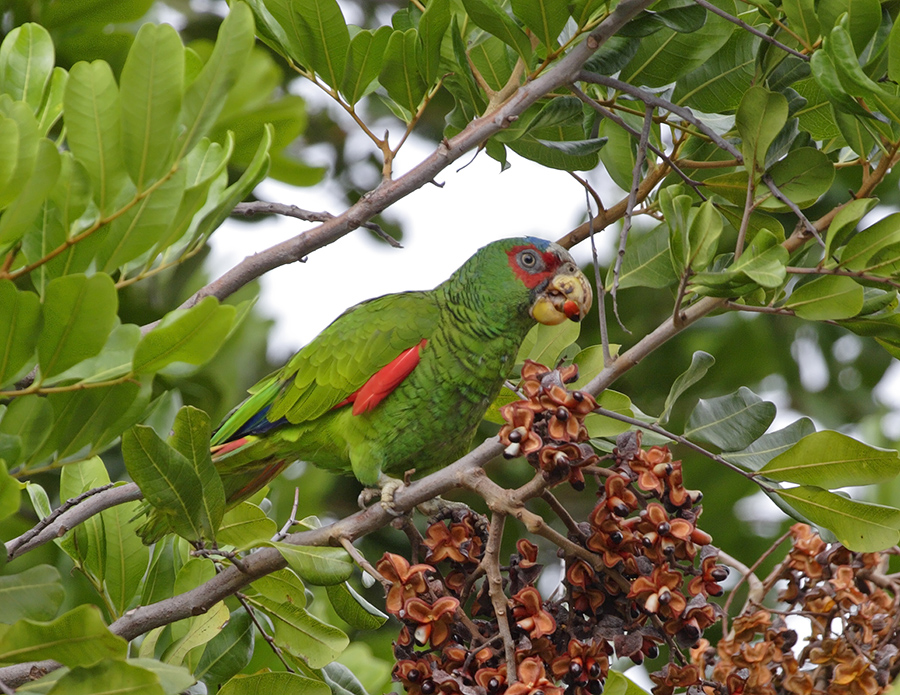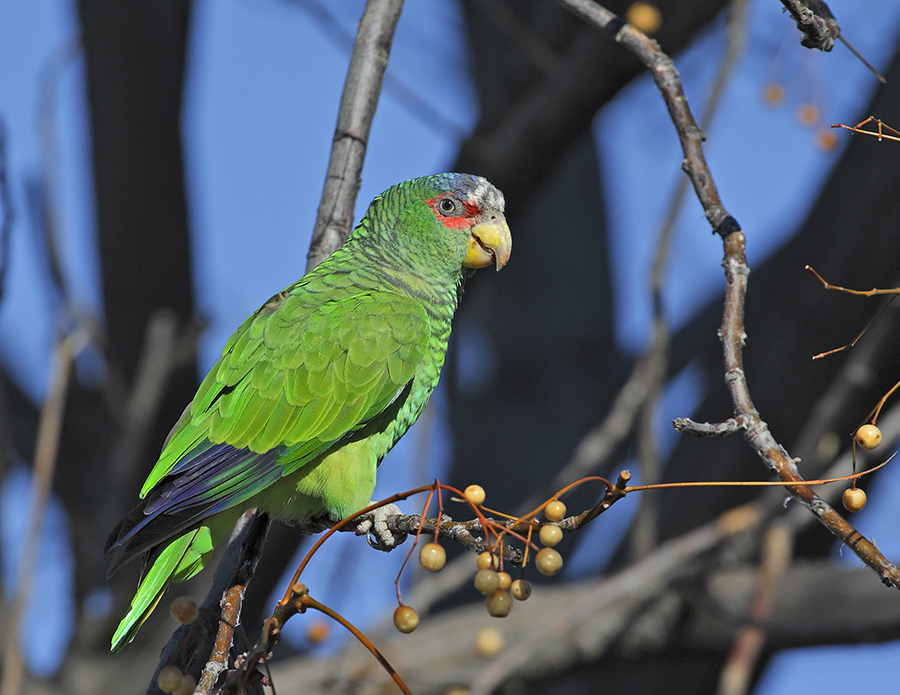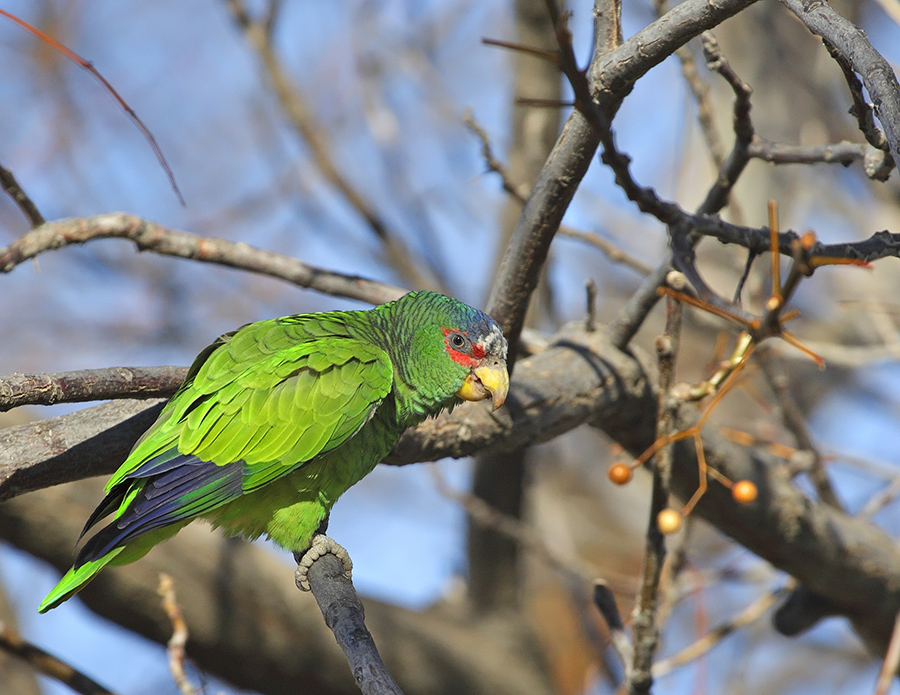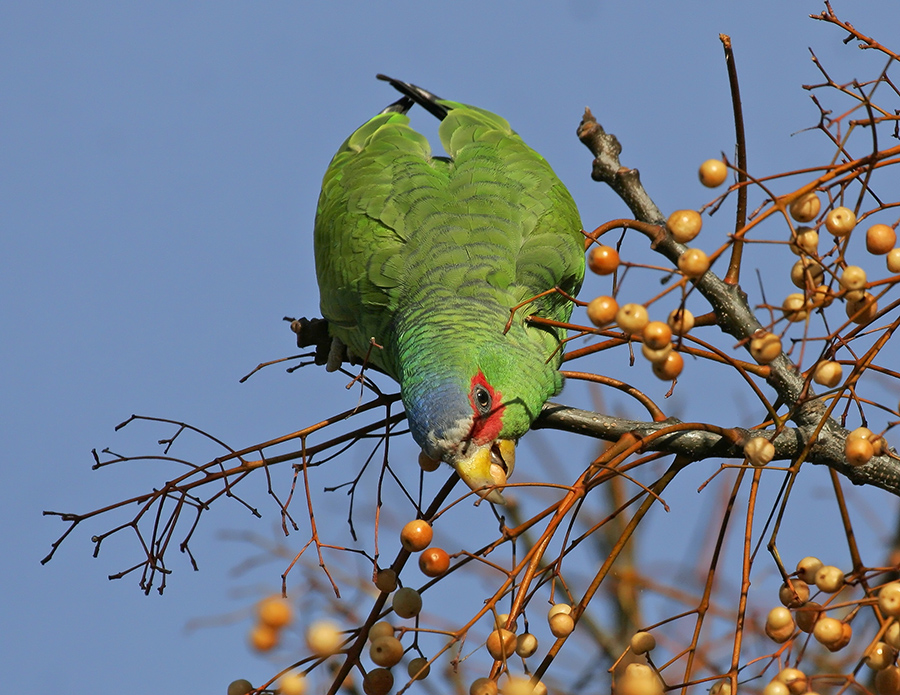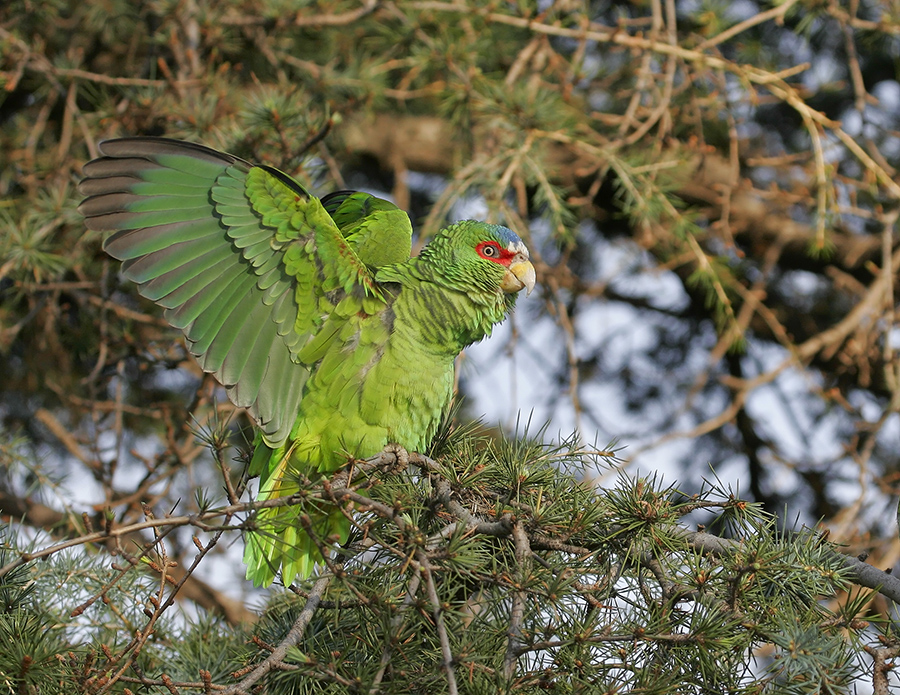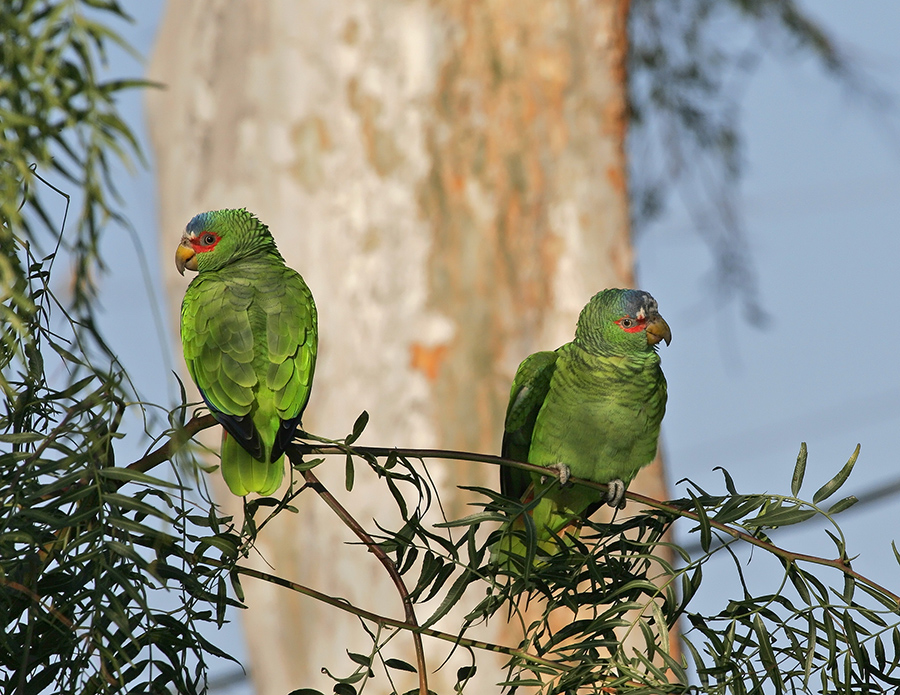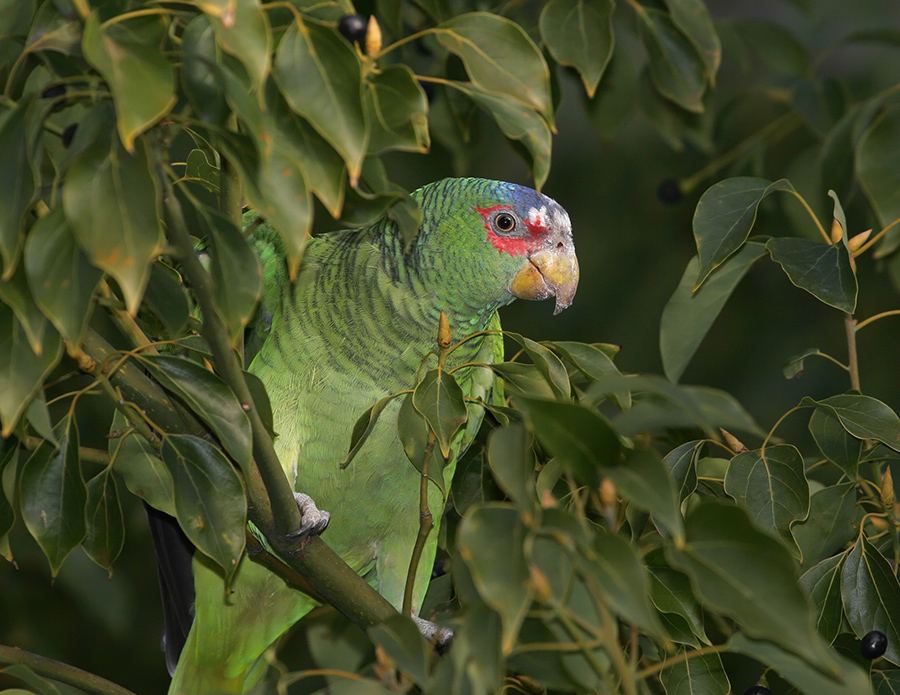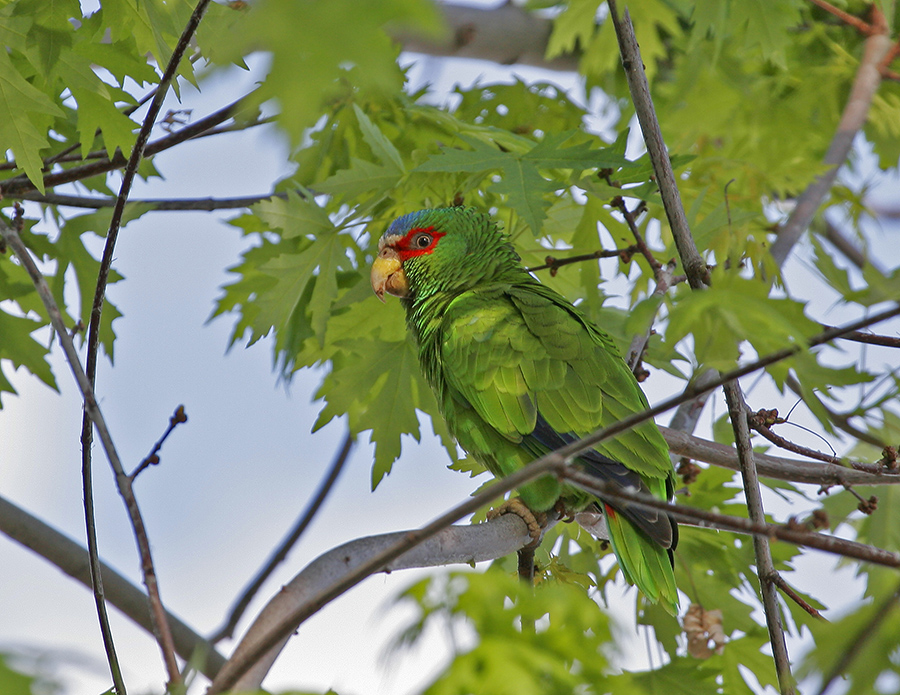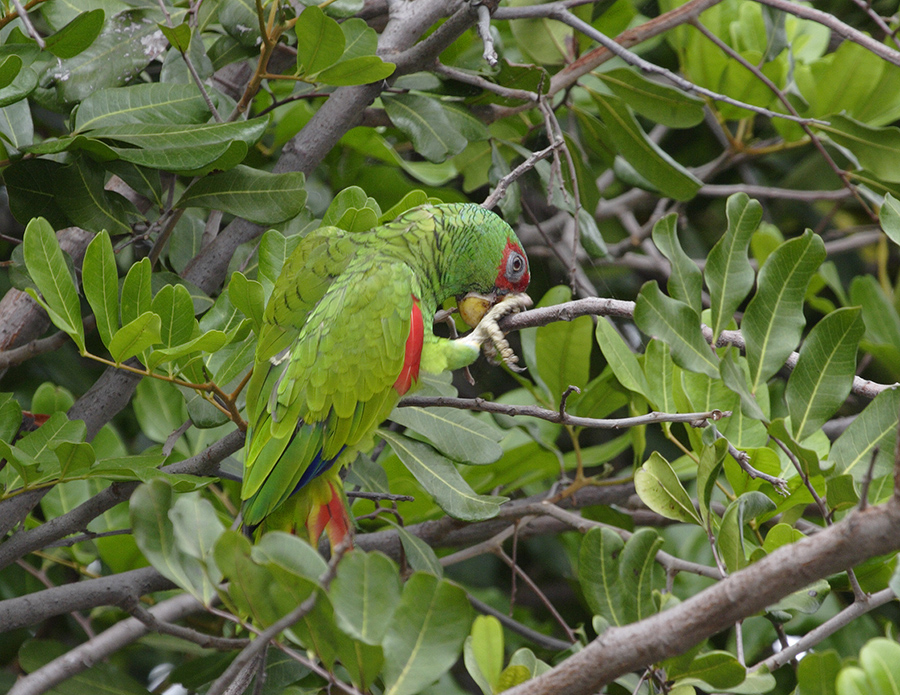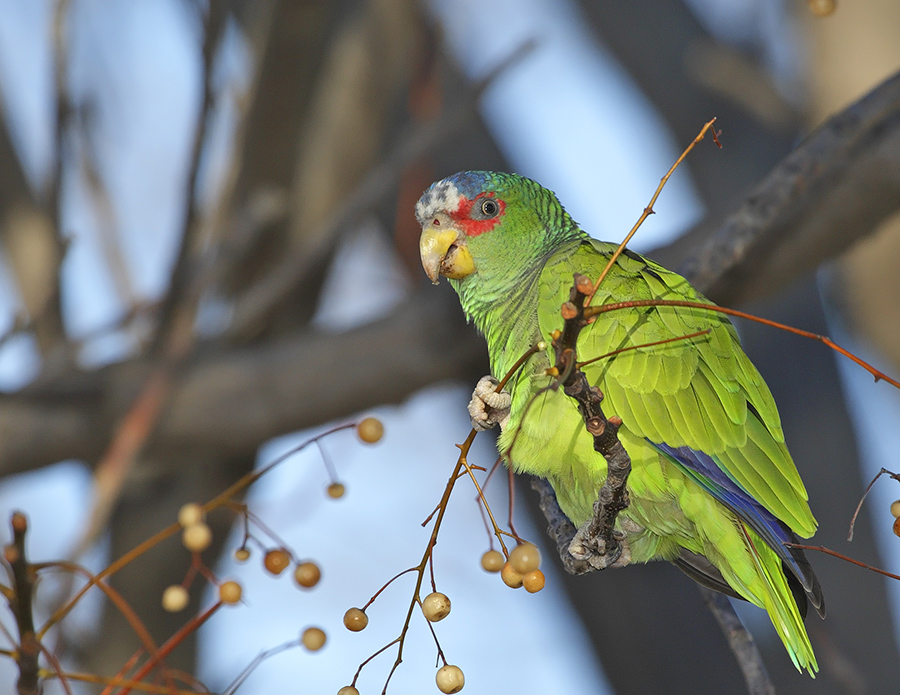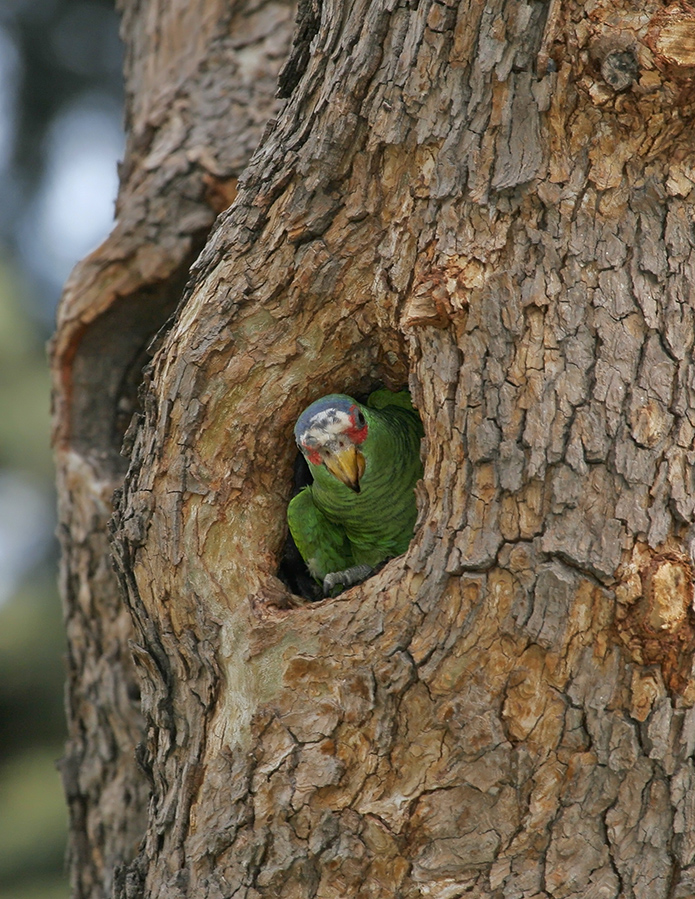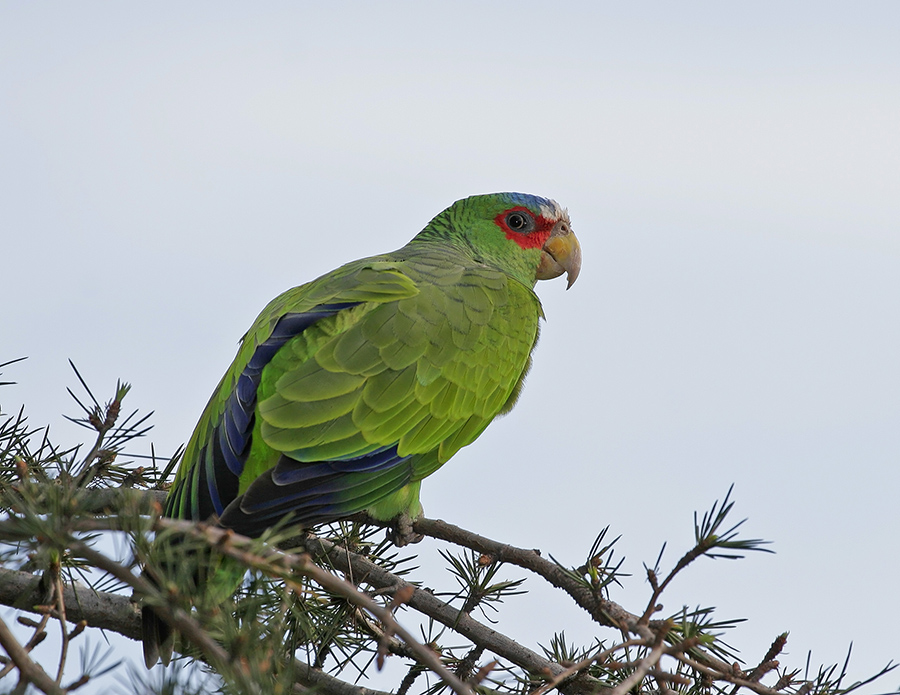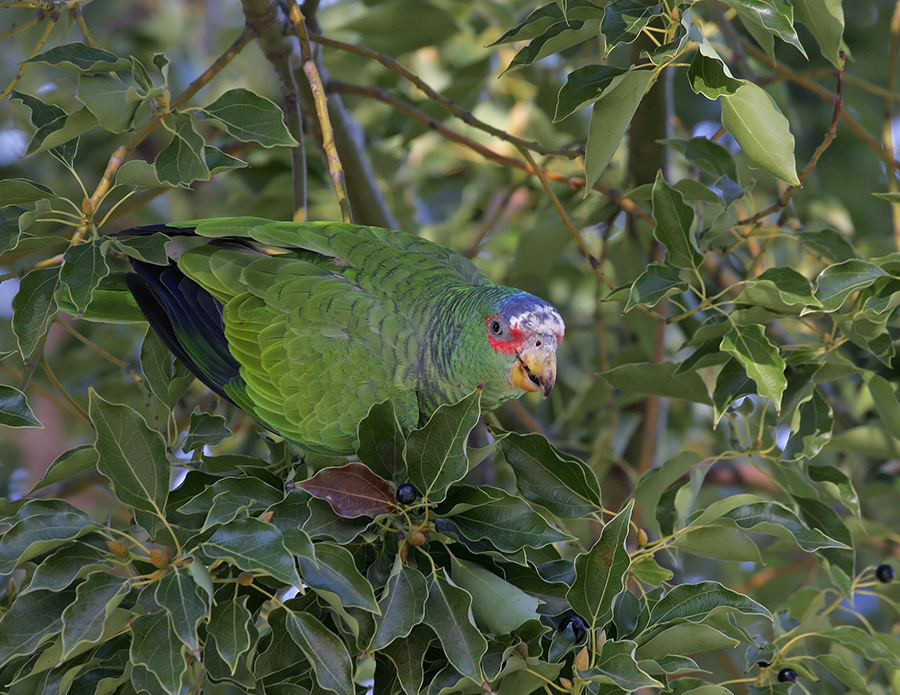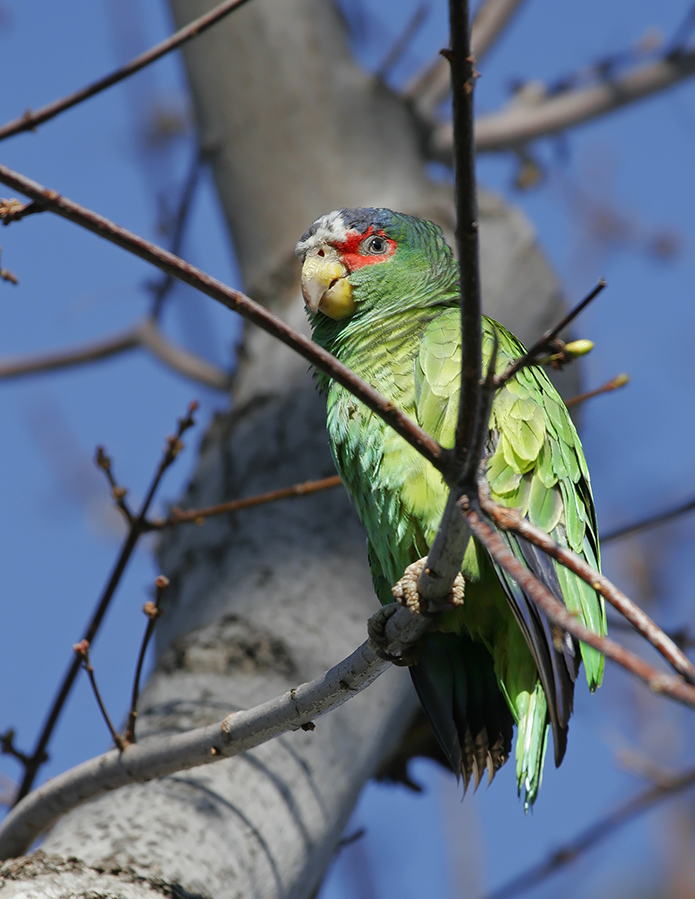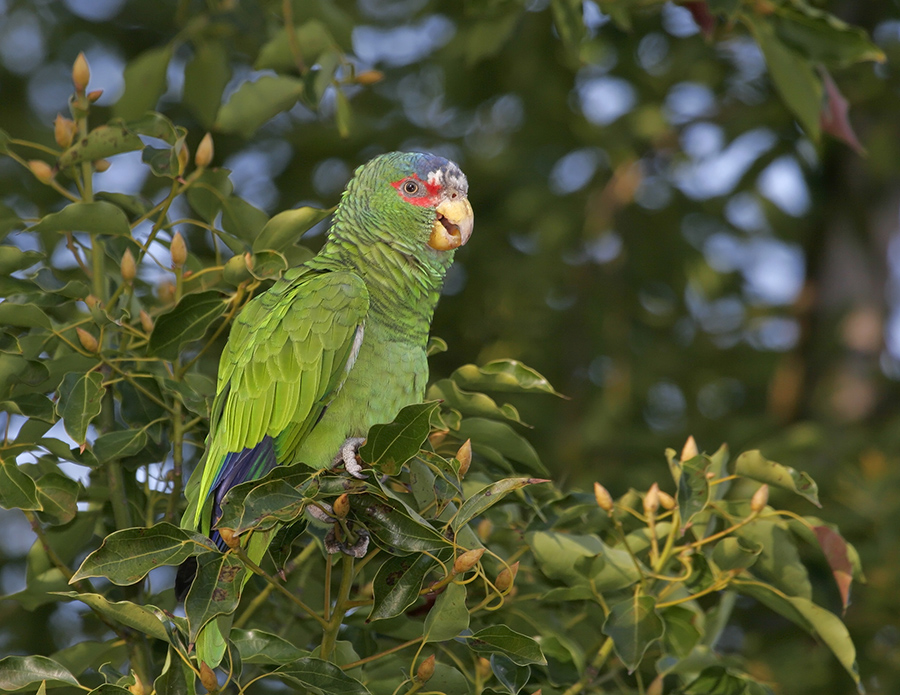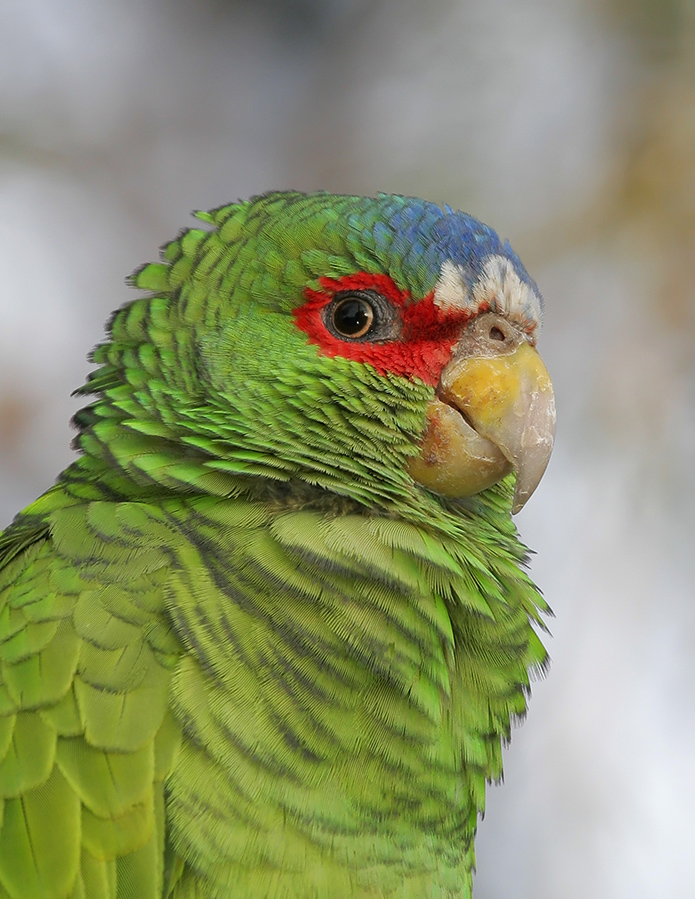White-fronted Amazon
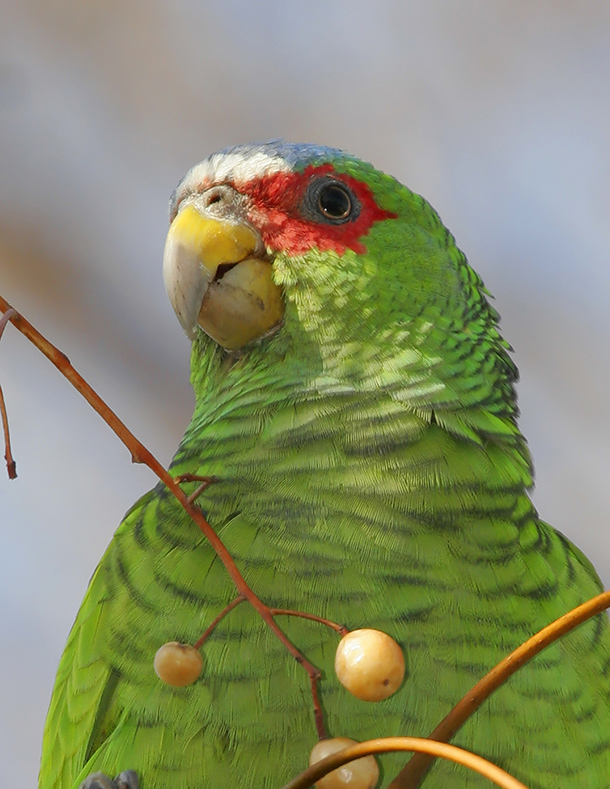
Scientific Name: Amazona albifrons
Species Authority: (Sparman, 1788)
Common Names:
White-fronted Amazon
White-fronted Parrot
Native to: Belize, Costa Rica, El Salvador, Guatemala, Honduras, Mexico, Nicaragu, Puerto Rico
Status: Least Concern (IUCN)
Assessed: August 2018
The White-fronted Amazon, also known as Amazona albifrons, is a captivating bird native to the New World, specifically found in regions stretching from Mexico through Central America to the western parts of Costa Rica. This species is notable for its distinct physical features and behaviors, making it a subject of interest among bird enthusiasts and ornithologists.
Geographic Distribution
The White-fronted Amazon predominantly inhabits regions in Mexico, Belize, Guatemala, El Salvador, Honduras, Nicaragua, and parts of Costa Rica. These birds are adept at living in a variety of environments, although they show a preference for tropical and subtropical areas. They are commonly found in deciduous and semi-deciduous forests, but can also adapt to living in plantations, agricultural areas, and even urban areas, provided there is sufficient tree cover.
Physical Description
The White-fronted Amazon is relatively small for a parrot, measuring about 23 centimeters in length. It has a striking appearance, characterized by its white forehead and lores (the regions between the eyes and bill on the side of a bird’s head), and a vibrant green plumage covering most of its body. Adult males typically have bright red feathers on their shoulders and a blue hue on their primary wing feathers, while females and juveniles are usually less colorful.
Diet and Feeding Habits
In the wild, the diet of the White-fronted Amazon consists mainly of seeds, fruits, berries, nuts, and occasionally flowers. They are known to forage in groups, and their feeding habits can sometimes cause them to be considered pests by local farmers, as they may feed on cultivated crops. These parrots have a flexible diet that varies depending on the availability of food sources in their habitat.
Conservation Status
Currently, the White-fronted Amazon is listed as a species of least concern by the International Union for Conservation of Nature (IUCN). However, like many wild parrot species, they face threats from habitat loss due to deforestation and illegal pet trade. Conservation efforts are vital to ensure the stability of their populations in the wild.
The White-fronted Amazon is an integral part of the ecosystems in which it resides. Its presence highlights the rich biodiversity of the New World tropics and the importance of conserving natural habitats for the survival of such species. Continued research and conservation efforts are essential to protect these vibrant birds and their habitats for future generations to appreciate and study.

